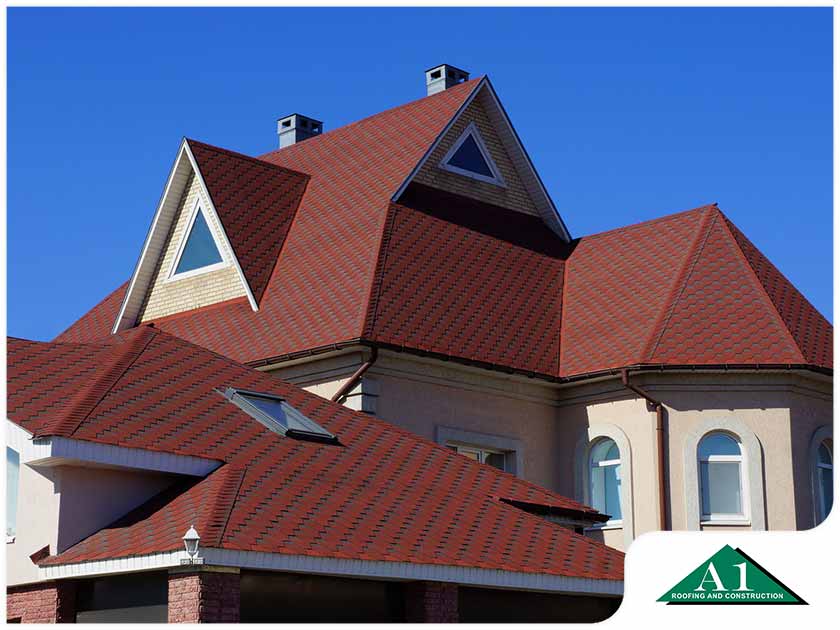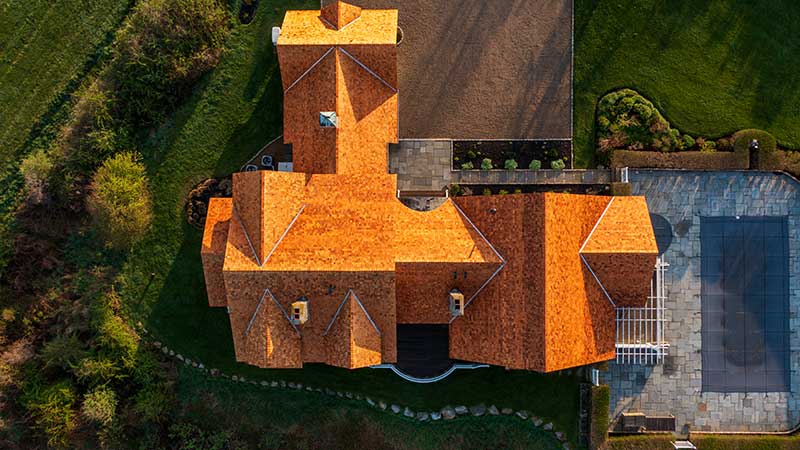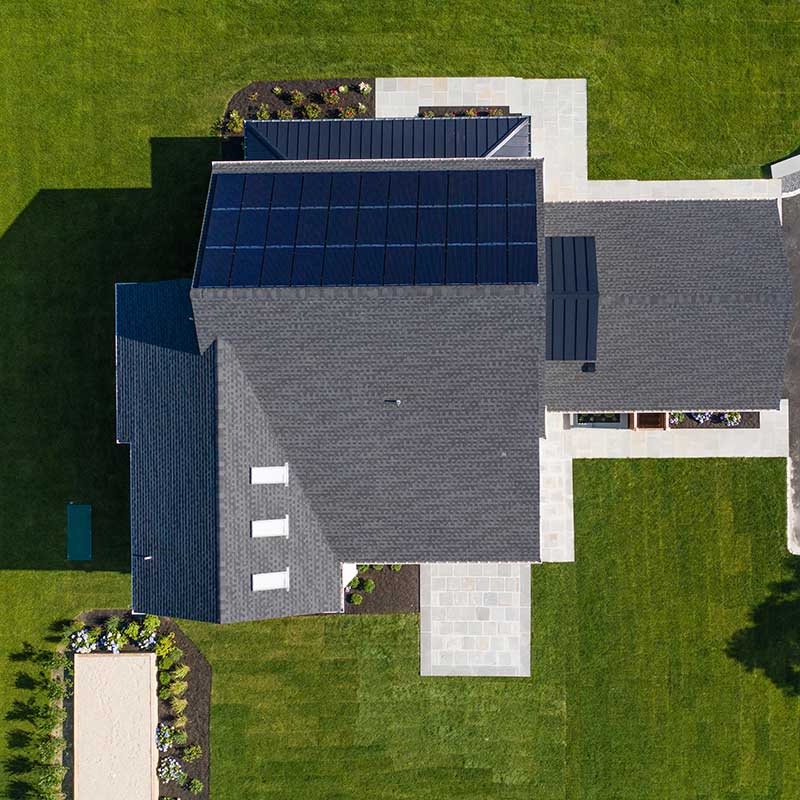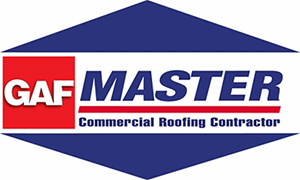Today’s roofing systems are composed of multiple components, all designed to work together in keeping your home protected from harsh elements. While not often discussed, flashing is a component considered by many roofing companies to be vital in protecting various areas of the roof.

The Indispensable Role of Roof Flashing
Breaks on the roof panel are some of the weakest areas of a roofing system. They are the valleys, the areas where exhaust pipes penetrate the roof and the parts where walls, chimneys and dormers make contact with the roof. Since these specific areas have gaps, they can be susceptible to leaks without adequate protection.
This is where roof flashing can help. Installed between the outer roof layer and the underlayment, these pieces of metal strips help seal off gaps in the areas mentioned above, the same way your roofing contractor will caulk vulnerable areas around gutter seams.
Different Types of Flashing
Roof flashing comes in a number of forms:
- Drip edge – Shaped like an inverted “L”, the drip edge directs water from the roof and straight into the gutters, instead of letting it seep into the roof deck.
- Valley flashing – This is the most common type of flashing and can be readily seen on roof valleys. Valley flashing looks like an inverted “T”, routing water down rather than into the other roof panel.
- Vent pipe flashing – As its name suggests, it is installed at the base of vent pipes and other tubular overhangs. Roofers cut the top out upon installation to create a snug fit on the pipe.
A1 Roofing & Construction can help you with all your roofing needs, including flashing installation and repair. Our team goes the extra mile to make sure we conduct our services in the most professional and efficient manner. Call us at (401) 265-1019 to schedule a FREE consultation today. You may also complete our contact form. We serve residents in Tiverton, Newport and Providence, RI.













